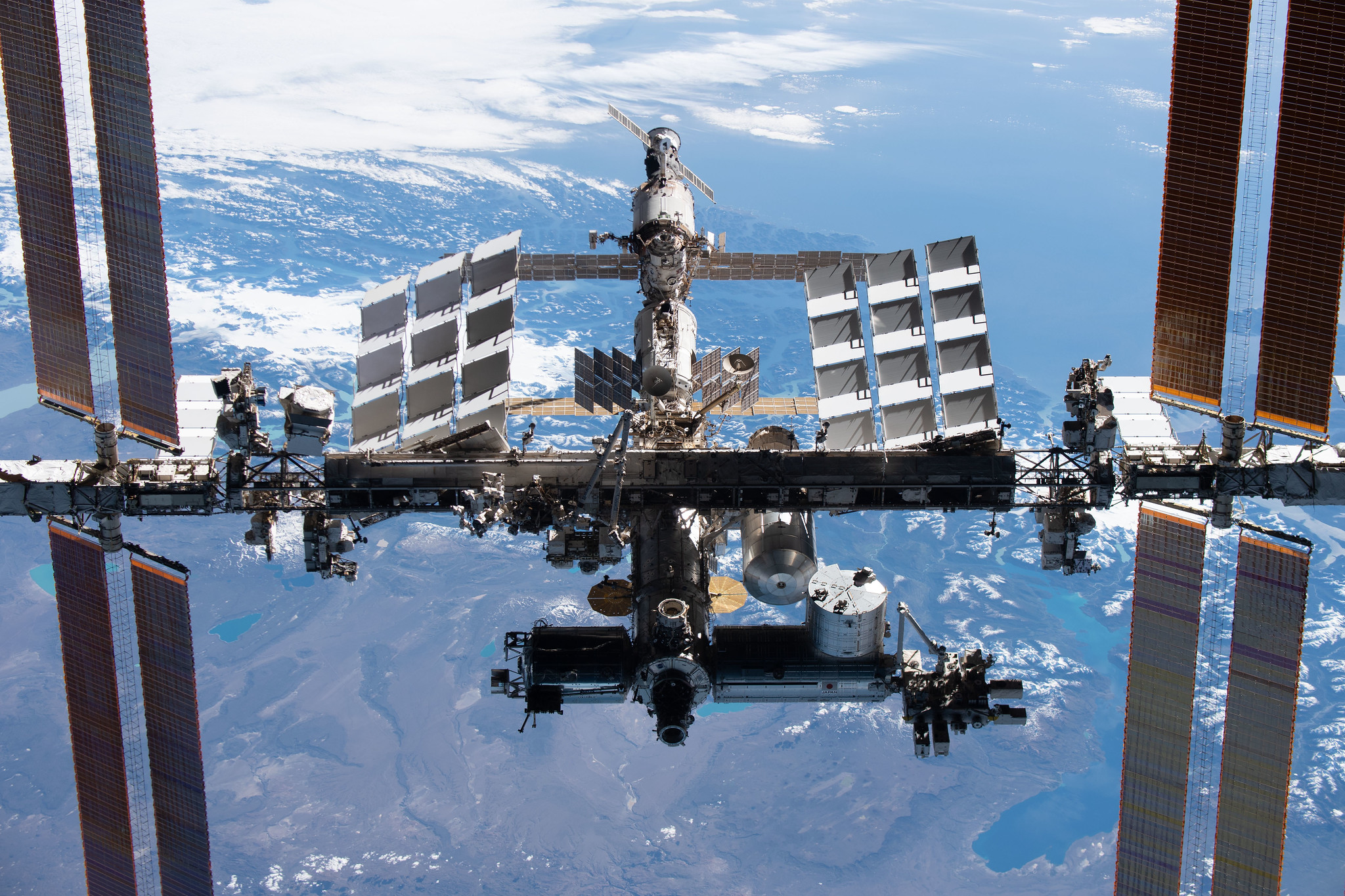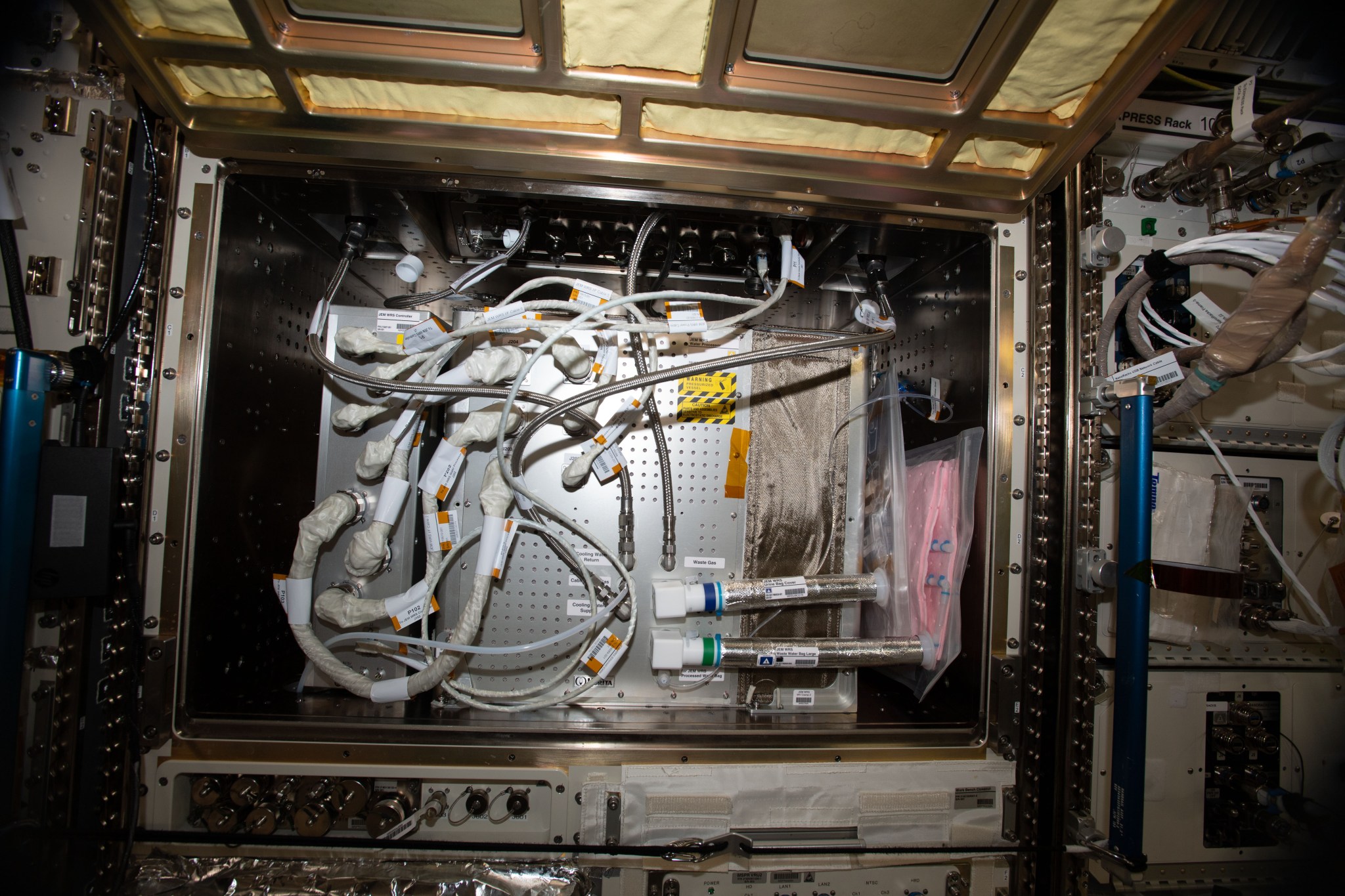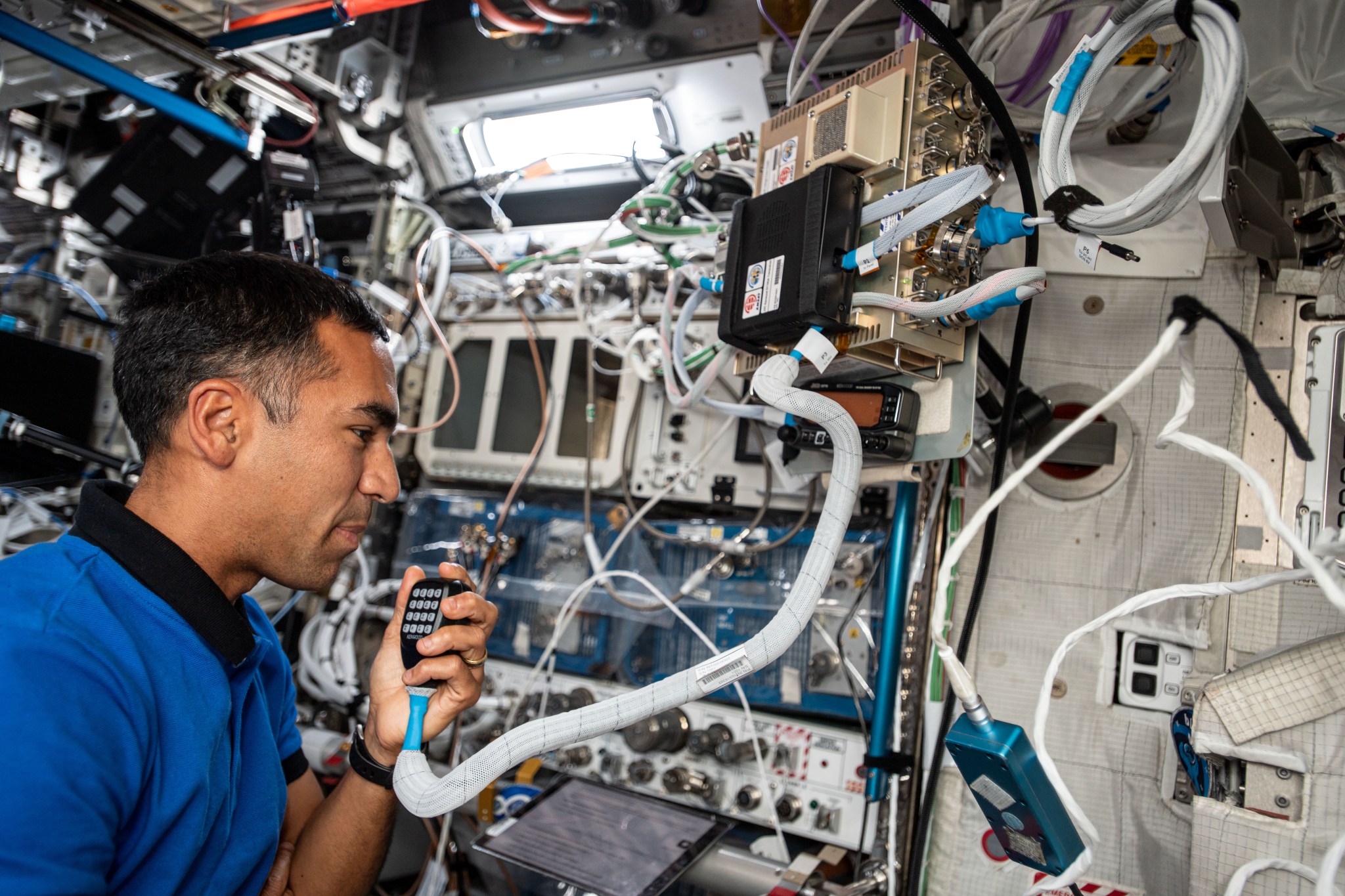[Lea la versión en español de este artículo]
Crew members aboard the International Space Station conducted scientific investigations during the week of Nov. 29 that included testing antimicrobial surfaces, coordinating multiple autonomous robots, and improving recovery of water from waste. Crew members also prepared for and conducted a spacewalk during the week.
The space station has been continuously inhabited by humans for 21 years, supporting many scientific breakthroughs. The orbiting lab provides a platform for long-duration research in microgravity and for learning to live and work in space, experience that supports Artemis, NASA’s program to go forward to the Moon and on to Mars.
Here are details on some of the microgravity investigations currently taking place:
Can’t touch this
Touching Surfaces, an ESA (European Space Agency) investigation, tests a variety of antimicrobial surfaces as a potential method for reducing microbial contamination aboard the space station. Previous research suggests that the relationship between humans and microbes can change in a crewed space habitat. Results from this investigation could help determine the best design for antimicrobial surfaces in future spacecraft and habitats as well as for terrestrial applications such as public transportation and clinical settings.
A swarm of (Astro)bees
The space station’s free-flying Astrobees demonstrate autonomous on-orbit robotic servicing such as assembly of structures and moving cargo for the ReSWARM investigation. The demonstration involves coordination among multiple robots, robots and cargo, and robots and the environment in which they operate. Robotic servicing has potential as a way to refuel and repair failing satellites, construct observatories and outposts on future missions, and assist astronauts during spacewalks. The accumulation of debris in low-Earth orbit poses a risk to satellites used on the ground for weather observation, navigation, and other important activities, and this investigation also could enable the repair of damaged satellites that might otherwise themselves become space debris. Space debris also poses a risk to spacecraft launches, and ReSWARM could help ensure safe launches for future missions. During the week, crew members conducted set-up and preparation for the investigation.
Recovering more water
The JEM Water Recovery System is an investigation from the Japanese Aerospace Exploration Agency (JAXA) that tests a technology to increase the recovery of drinkable water from urine. Adequate water supply could be a limiting factor on future long-term missions, and future water recovery systems need to be smaller, recover more water, and use less power than those currently in use. This technology could be a vital part of the Environmental Control and Life Support System (ECLSS) on spacecraft and provide water regeneration in dry regions or after disasters on Earth as well. Crew members conducted operations for this technology test during the week.
Other investigations involving the crew:
- InSPACE-4 studies magnetic assembly of structures from colloids, or particles suspended in a liquid in microgravity. Results could lead to more advanced materials for space applications, including thermal shields, protection from micrometeorites, energy production, and sensors for robotic and human missions.
- ESA’s Acoustic Diagnostics investigation tests the hearing of crew members before, during, and after flight to assess possible adverse effects of noise and the microgravity environment on human hearing.
- ISS Ham Radio provides students, teachers, parents, and others the opportunity to communicate with astronauts using ham radio units. Before a scheduled call, students learn about the station, radio waves, and other topics, and prepare a list of questions on topics they have researched.
- HRF Veg focuses on the overall health benefits to crew members of having various plants and fresh food available. The investigation uses psychological surveys and crew evaluations of the flavor and appeal of plants that are grown on the space station for other investigations.
- Plant Habitat-04 involves tending plants and microbial analysis and crew assessment of flavor, texture, and nutrition of the first chile peppers grown in space.
For daily updates, follow @ISS_Research, Space Station Research and Technology News, or our Facebook. Follow ISS National Lab for information on its sponsored investigations. For opportunities to see the space station pass over your town, check out Spot the Station.
John Love, ISS Research Planning Integration Scientist
Expedition 66































